One of the first news stories I ever covered as a gaming journalist was Square Enix’s September 2020 announcement of Final Fantasy XVI. I still remember typing so quickly that I had to go back and edit every other sentence. This was it – Final Fantasy XVI. It was the first mainline single-player entry not tied to E3 2006’s Fabula Nova Crystallis unveiling since PS2 swansong FFXII. Naoki Yoshida was producing, alongside a talented team at Creative Business Unit III, the same studio who had brought FFXIV to life, and kept making it better by the year. Pinch me, you know? I must be dreaming.
With each passing trailer, the dream continued. It wasn’t until the press previews began to roll in early this year that the world of Valisthea began to feel real to me. A flurry of late-stage marketing, including a fantastic demo, solidified that realness. I was ready to play this landmark entry in what is far and away my favorite franchise.
Almost from the start, it was obvious to me how much effort has been poured into this game. The creators had a vision for Final Fantasy XVI, and they stuck to it. They wanted the story front-and-center. They wanted the script polished to a mirror sheen. They wanted the intense action-centric combat to come alive. They wanted millions of jaws to drop at the spectacle of the Eikon battles. Massive props – they crossed off that checklist with aplomb.
Clive Rosfield isn’t just the protagonist of Final Fantasy XVI; his characterization is the story’s most pivotal pillar. Without the right voice actor, he wouldn’t have worked. Without nuanced enough writing, he wouldn’t have worked. Without a loyal wolf companion, he wouldn’t have worked. (That one’s non-negotiable.) I’ll avoid using the word again in this review, but Ben Starr’s performance as Clive is well and truly perfect. He brings every word to life. It’s a cherry on top that Starr is every bit the RPG diehard so many of us are; just the other day, he told people to play Octopath Traveler II. Hear, hear, man.
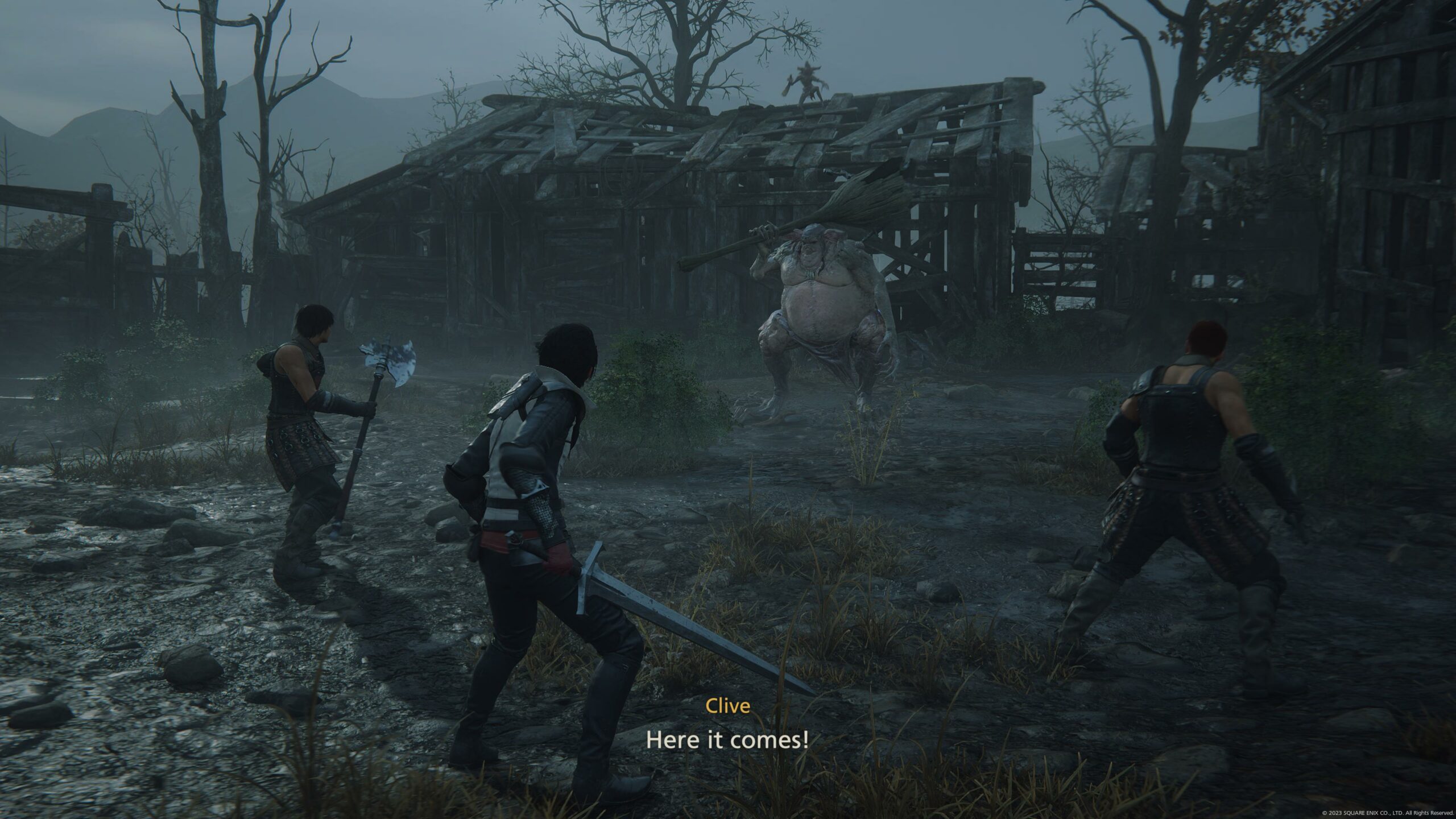
How much you’ll get out of the Clive-centric adventure won’t depend entirely on how well you jive with Clive, mind you. There’s a veritable smorgasbord of ace supporting characters in FFXVI. There’s Jill Warrick, the heroine whose transformations into Shiva cover the ice to Clive’s fire-wielding prowess. She’s steadfast and resolute, and an early highlight involves her well-deserved retribution over someone whose wickedness had wronged her for far too long.
There’s Cidolfus Telamon, who is quite frankly the best Cid in Final Fantasy history. A friend complimented his ‘cynical optimism’, and I haven’t been able to separate the man from the phrase ever since. There’s Dion Lesage, Dominant of Bahamut; from the earliest trailer, I gravitated toward Dion’s amazing art design, and I feared he’d get the short end of the narrative stick. Surprisingly enough, Dion probably has the most fully fleshed-out arc this side of Clive himself.
And, yep, there’s Torgal; Clive’s canine companion is here to win hearts, and win them he has. It’s all barks and howls for Torgal, but I daresay he’s somehow better written than plenty of his Final Fantasy peers.
Unfortunately, that statement might extend to most of Final Fantasy XVI’s antagonists. I don’t think they’re dire. A few are pretty good! I just hoped for more from the complete package. One particular villain could have used a few more defining traits – the game hypes them up for a considerable amount of time, and they surely have their moments, but they’re ultimately a little flatter than I’d have liked.
Of course, FFXVI isn’t just a character study. Valisthea is one of the most intricate settings in the series. Keep up with me here – there’s the Grand Duchy of Rosaria, the Holy Empire of Sanbreque, the Kingdom of Waloed, the Dhalmekian Republic, the Iron Kingdom, and the Crystalline Dominion. Final Fantasy VI has the Gestahlian Empire. Final Fantasy VII’s got Shinra and Wutai. Final Fantasy X is all-in on Yevon. The most comparable installment outside the MMOs is Final Fantasy XII’s Ivalice, which still gets the qualitative edge, but it’s also had several games to work with. What XVI does with just the one is more than impressive.
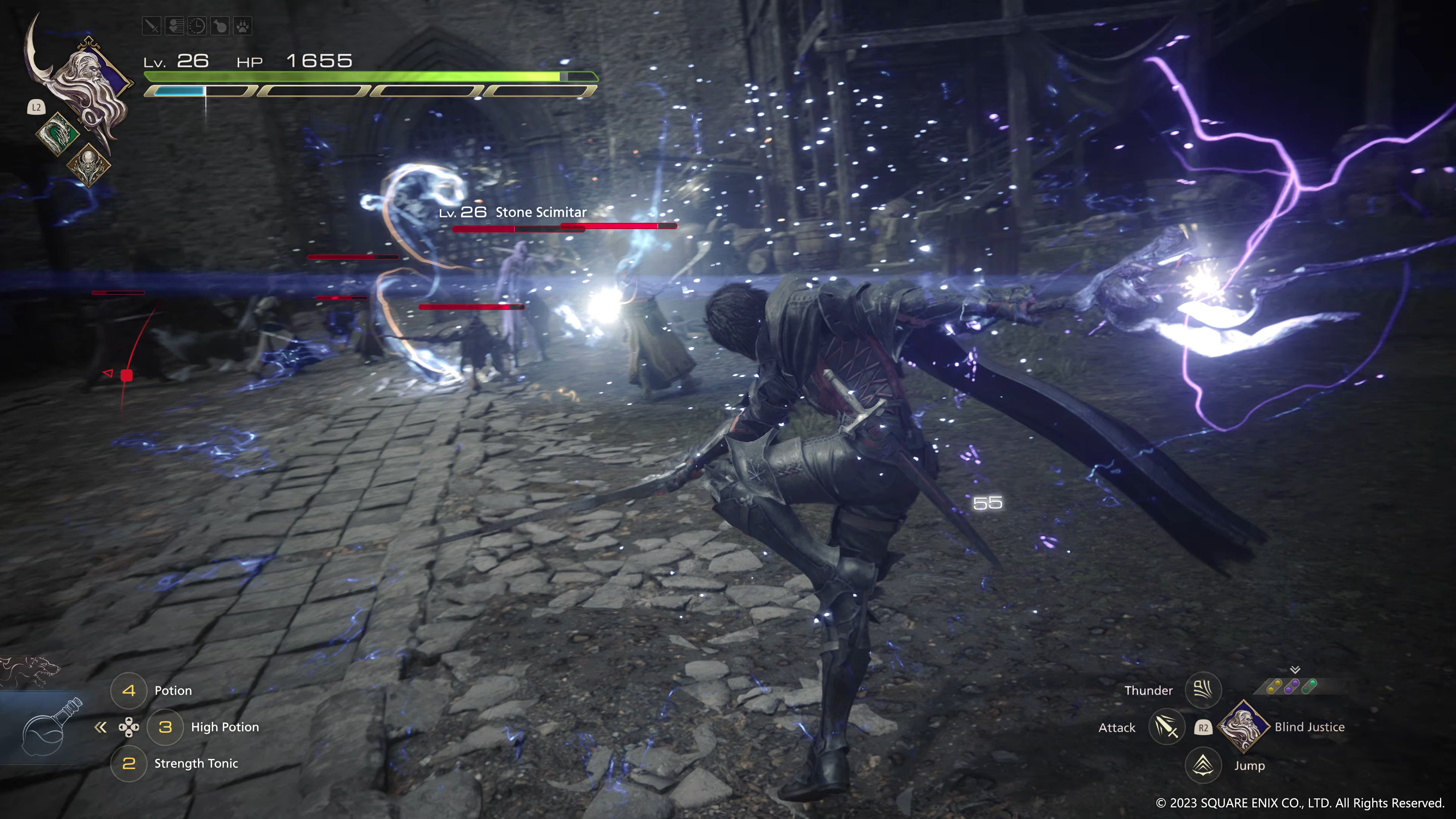
When we talk about fictional settings, visual design tends to spring to mind, and that’s a big part of what makes Valisthea tick. But it’s not just the set dressing; it’s what’s done with it all. Final Fantasy XVI‘s twin-continental landmass is populated by Bearers, magically-capable people whose gifts do not award them elite lives. Quite the contrary, Bearers are servants, or more bluntly, the slaves. Their powers are required for the maintenance of these societies so thoroughly built around magic that every capital is situated beside a massive Mothercrystal that is, in essence, mined for all its magical worth. It’s the Bearers whose subservience guarantees the wider world can continue to function.
The game does a pretty good job at selling this. Some of the best worldbuilding moments involve NPC Bearers working their magic in ways that Valistheans view as vital for their survival – chilling fish for freshness, or providing wind where needed, or even something as simple as lighting candles. The dueling mentalities of sneering scorn and parasitic overreliance seen among many of the social top brass furthers our sympathy toward the enslaved, and a very early moment helps endear us to Clive because he’s got the good graces not to treat Bearers like scum.
Valisthea’s warring realms all have their time to shine in FFXVI’s lengthy main quest, though you’ll get twice as much out of Rosaria, Sanbreque, and the Republic if you commit to their side quests. You don’t visit the various capitals in an exploratory manner, but you do get the chance to hang around plenty of villages and the like. You also have a permanent hub with the Hideaway. Don’t discount this place off the bat – it’s not much at the start, but it’ll be home to some amazing folks in due time. Wait until you meet Byron, for example. Just you try not to fall in love with him.
The people who populate these places are believable folk, and while much has been said about the rote nature of many of the game’s optional mini-adventures – it’s true, by the way, especially in the first half – the writing itself often makes up for it. In fact, fair warning for first-timers: do not skip the side quests toward the tail end of the story. They ought to have been made mandatory with how important they feel.
On the flip side, some of the actually mandatory spots are less than inspiringly designed. For every fantastic mission, there’s downtime; that’s no problem, because breakneck pacing would get old fast, but the range of objectives players must follow during these lower-octane portions varies from engaging to frustrating. I would have been quite happy for the developers to have made a good few of them optional, and filled their menial place with those late-game side quests.
Even with all those shockingly necessary pre-finale quests, not everyone gets as much resolution as I’d have liked. Without spoiling anything, the ending doesn’t quite revel in denouement like several prior Final Fantasy chapters have, opting instead for a relatively swift epilogue that does a lot with a little, but won’t land for everyone. I’m actually holding out hope that more will be patched in before the game’s post-release phase is finished, but if not, oh well.
The conflicts between nations provide the basis for many of FFXVI’s most glamorous cutscene sequences, including the game’s opening moments. Armies clash, people die, chocobos are slain (!); the stars, of course, are the massively powerful (and often downright massive) Eikons who tower over the soldiers and wage kaiju-like war against each other. It’s a lot, and Creative Business Unit III wisely recognized we’d be envious if all we could do was watch these incredible battles play out. It’s no exaggeration to say that most of Final Fantasy XVI’s best fights are one-on-one Eikon duels – Clive, as Ifrit, against his nemeses and even an ally or two. There’s nothing in the industry quite like this.
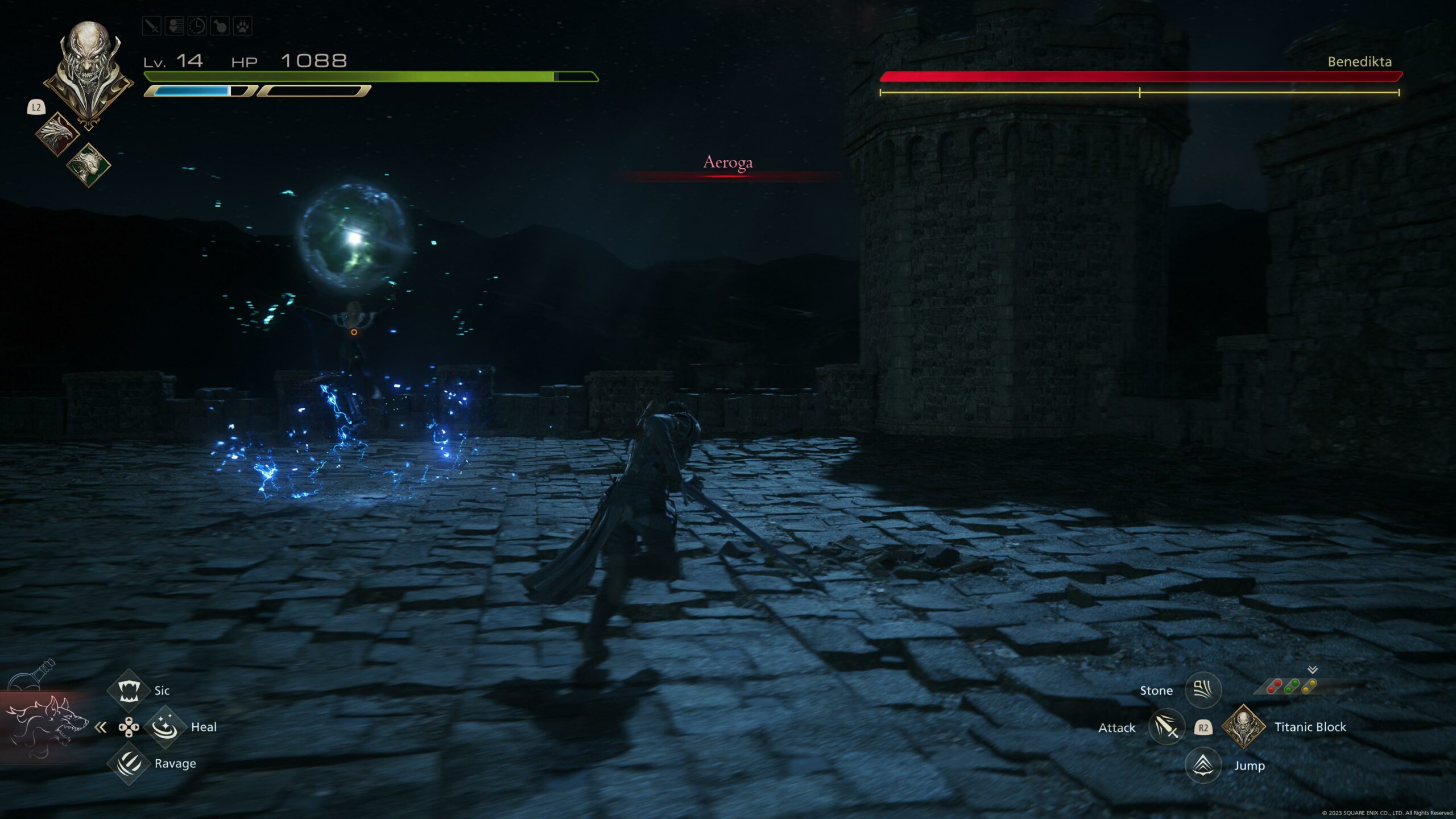
I mentioned earlier that Valisthea is a well-developed setting. Its nations come alive.
But those are the climactic cap-offs to this game’s numerous narrative arcs. What about the mainstay battle system? Much has been made through the years over Square Enix’s decision to go from turn-based systems to mostly real-time, and now with XVI to straight-up, single-character, no-holds-barred action. Yoshida and his team brought aboard Ryota Suzuki of Devil May Cry 5 fame for a reason – their vision was one of unquestionably fast-paced, combo-driven, no-holds-barred combat.
I like it. I’ll tell you right now, I wouldn’t want it to become the sole approach to fighting from the series going forward. Thankfully, Square’s love for switching up nearly every major aspect with each new Final Fantasy practically rivals former president Yosuka Matsuda’s love for mentioning NFTs in New Year’s Day letters, so I doubt I have anything to worry about, especially since the upcoming Final Fantasy VII Rebirth will continue to refine the somewhat more classic spin on modern battles, complete with the ability control multiple party members.
But again, I do like it. I came into FFXVI at somewhat of a disadvantage; Devil May Cry, Bayonetta, and so forth aren’t really my thing. XVI does a great job on-boarding people like me with plenty of comprehensive tutorials and an appreciably forgiving difficulty curve. Heck, one of the weaker things about this game is that it forces players to play through it in full before its (excellently titled) Final Fantasy Mode unlocks, which ups the challenge ante considerably. I’ve had good fun learning monsters’ move sets and knowing when to dodge or to double down on Clive’s ‘Eikonic’ assault.
Quite honestly, I’m bad enough at this action thing that I struggled here and there, but there’s an inelegance to it all when it comes to the game’s attempts to mitigate that. Players who are attuned to this subgenre have generally found FFXVI entirely too easy, and would have been far happier playing Final Fantasy Mode from the get-go. I’m not one of them, but I made the requisite effort to get better, and seldom saw a game over since. Meanwhile, the ‘Timely Accessories’ you can have Clive equip if you really want or need an edge are appreciated as a concept, but having them take up equipment slots means losing the chance to engage in one of the game’s relatively few ‘RPG elements’.
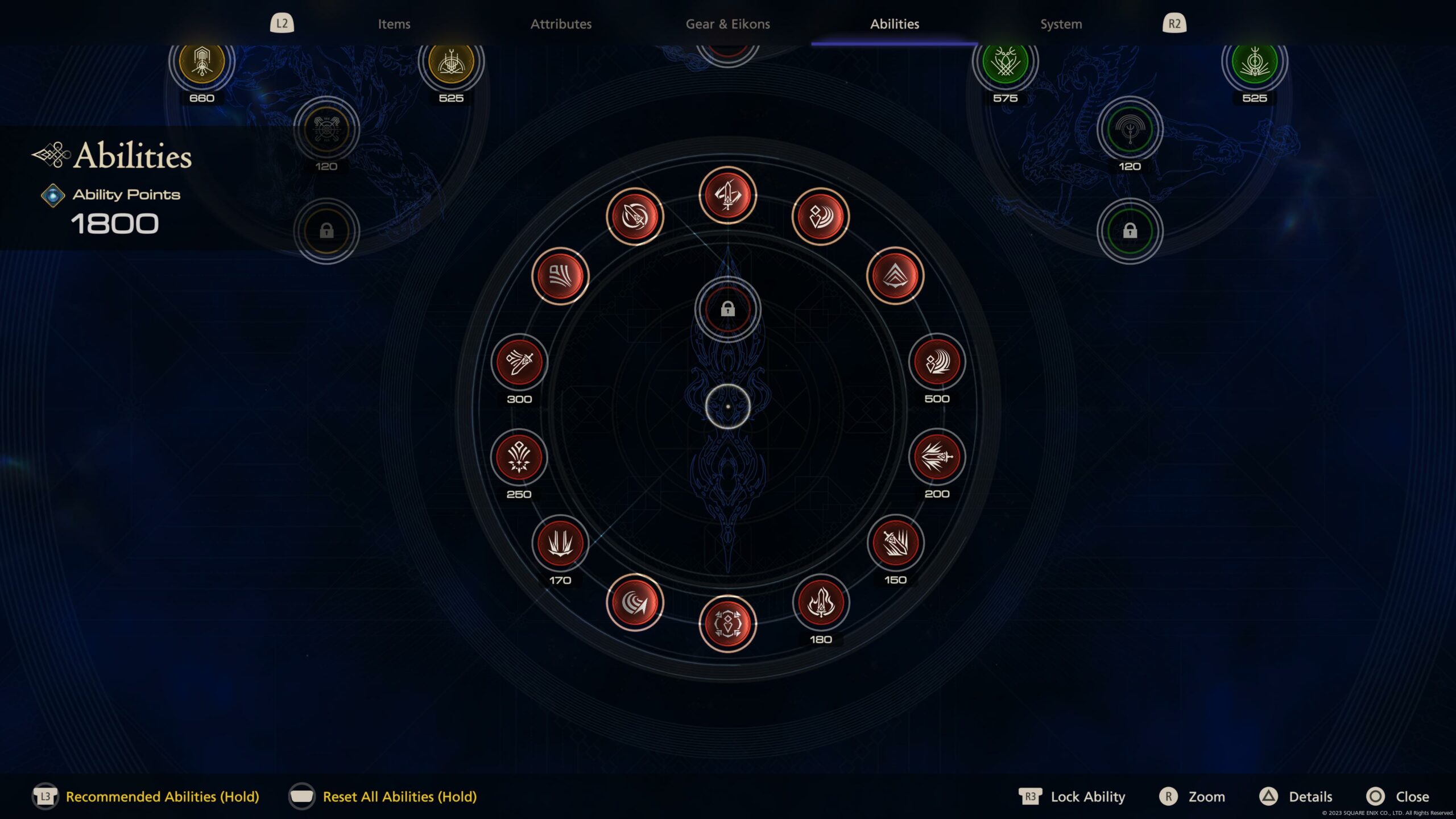
And that brings us to the shoopuf in the room, right? The RPG argument. I’m staying out of this, mostly. I think Final Fantasy can be whatever the heck Square Enix wants it to be. It’s proven malleable enough via spin-offs and series-shaking new staple ideas – from Active Time Battle and Final Fantasy Tactics to the stagger mechanic and Theatrhythm Final Fantasy – that I don’t think there’s much constructive discourse in debating some nebulous ‘truth’ about what FF ‘is’ and ‘isn’t’. It’s whatever Square wants it to be at a given point, even if some ideas are bound to prove more successful, and enduring, than others.
So, it’s OK that Final Fantasy XVI has trimmed back a lot of my favorite recurring aspects in this series. I love chocobo racing, blitzball, and Triple Triad. I love learning new skills from weapons, I love purchasable magic, and yes, I love the Gambit System and hope to high heaven it eventually returns. (It won’t.) I love mix-and-matching Materia, I love delivering letters to impatient moogles. You get the idea.
Final Fantasy XVI lacks all that, but I don’t consider it any worse for it. The work that might have gone toward the snowboarding and submarine hunt in Final Fantasy VII is refocused in favor of an arcade mode, several extra-challenging trials, things of that nature. In other words, FFXVI goes hard on its combat focus, and I might not jive with it quite as well, but I’m certain some will fall head over heels with it.
Besides, those other games are still there. I have full confidence that future installments will bring back various bits and pieces I would have liked to have seen this time. Personally, every mainline FF has at least something the rest don’t, whether that be Final Fantasy II’s novel ‘keyword’ system, Final Fantasy V’s spirit of boundless adventure, so on, so forth.
Final Fantasy XVI has its Eikon battles, plus its cool lore-gathering content – Active Time Lore lets you pause cutscenes for codex-like entries on people, places, and concepts, and there’s not one but two delightful characters at the Hideaway who chronicle the complex narrative’s twists and turns to excellent effect. Will this shiny new stuff click for you as well as it has for me? I don’t know. Will you lament the lack of control over stat growth, the simplicity of the ability trees, and the removal of elemental strengths and weaknesses? Possibly, sure, and I sort of miss it, too. But it’s just not part of XVI’s identity, just as no other entry goes as deep into summoned monster customization as Final Fantasy VIII; I revisit these games all the time, and XVI will be no different going forward.
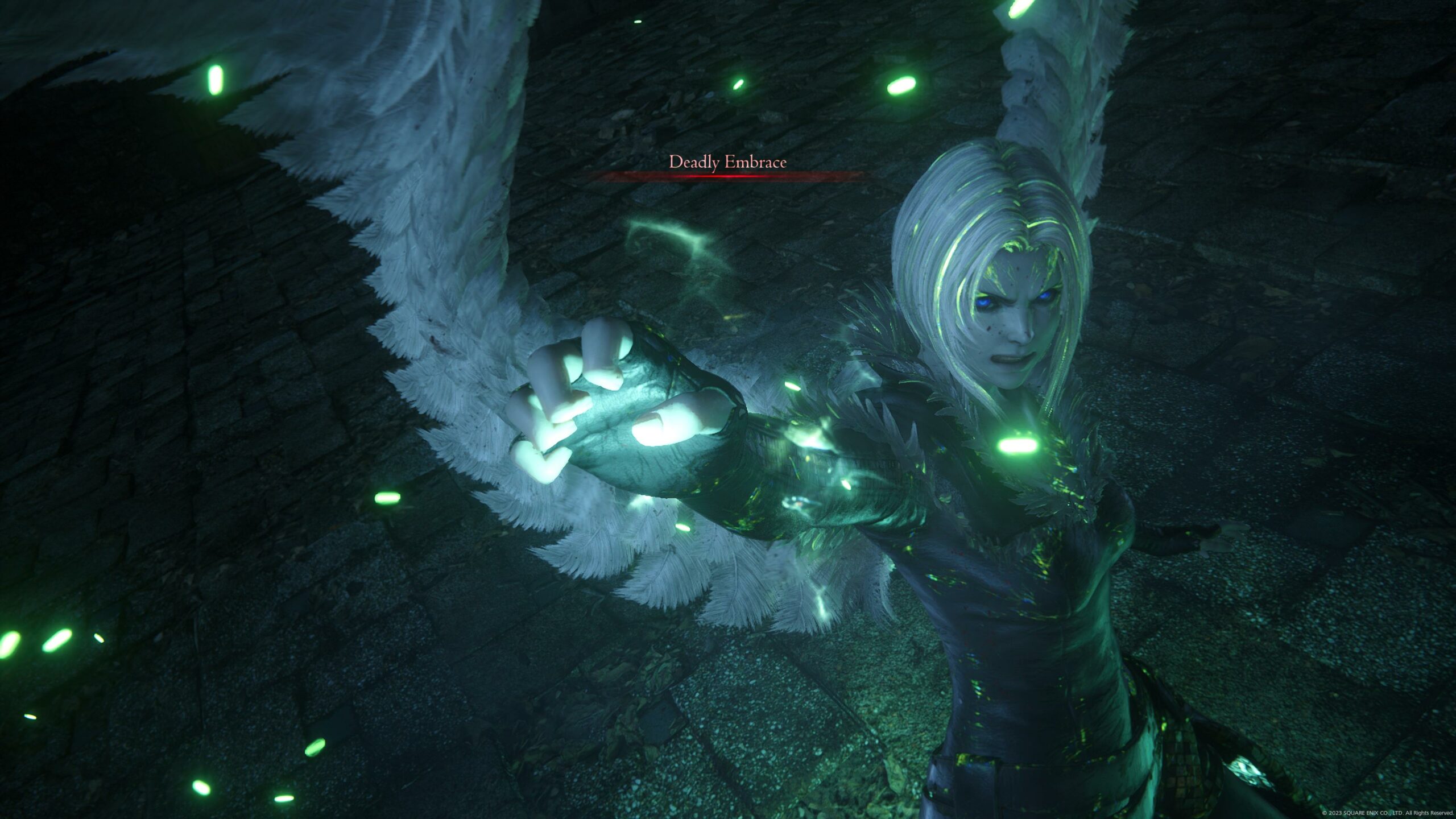
File those last few paragraphs with the following succinct summary: I like what Final Fantasy XVI is enough to get over what it isn’t. Yet there’s something that every entry has, bar none, and if this game flipped the table on this one, I’d flip tables, too. That something is damn good music. As a big Final Fantasy XIV fan, I knew the phenomenally talented Masayoshi Soken wouldn’t disappoint. Spoiler, he doesn’t disappoint. From bombastic orchestral scores to peaceful background field music, Soken continues to prove he’s a worthy successor to the one and only Nobuo Uematsu.
Clearly, Final Fantasy XVI won’t be for everyone. But how long has it been, if ever, since one of these things was? If the parts Square Enix elected to downsize in this installment rank among the most important to you, this might be a pass. But don’t discount the raw grandeur of the comparably oversized cutscene splendor, nor the mostly terrific cast of characters. I think, more than anything, that’s what I love about Final Fantasy, is the emotion it can bring when the writing’s good and the heroes are easy to root for. It was in anticipation of that experience that I got so stirred-up when I wrote ecstatically about Final Fantasy XVI’s announcement trailer nearly three years ago, and it’s what I will remember most about Valisthea in the many years to come.
Note: Review code for Final Fantasy XVI was provided to Nova Crystallis by the publisher Square Enix at launch.
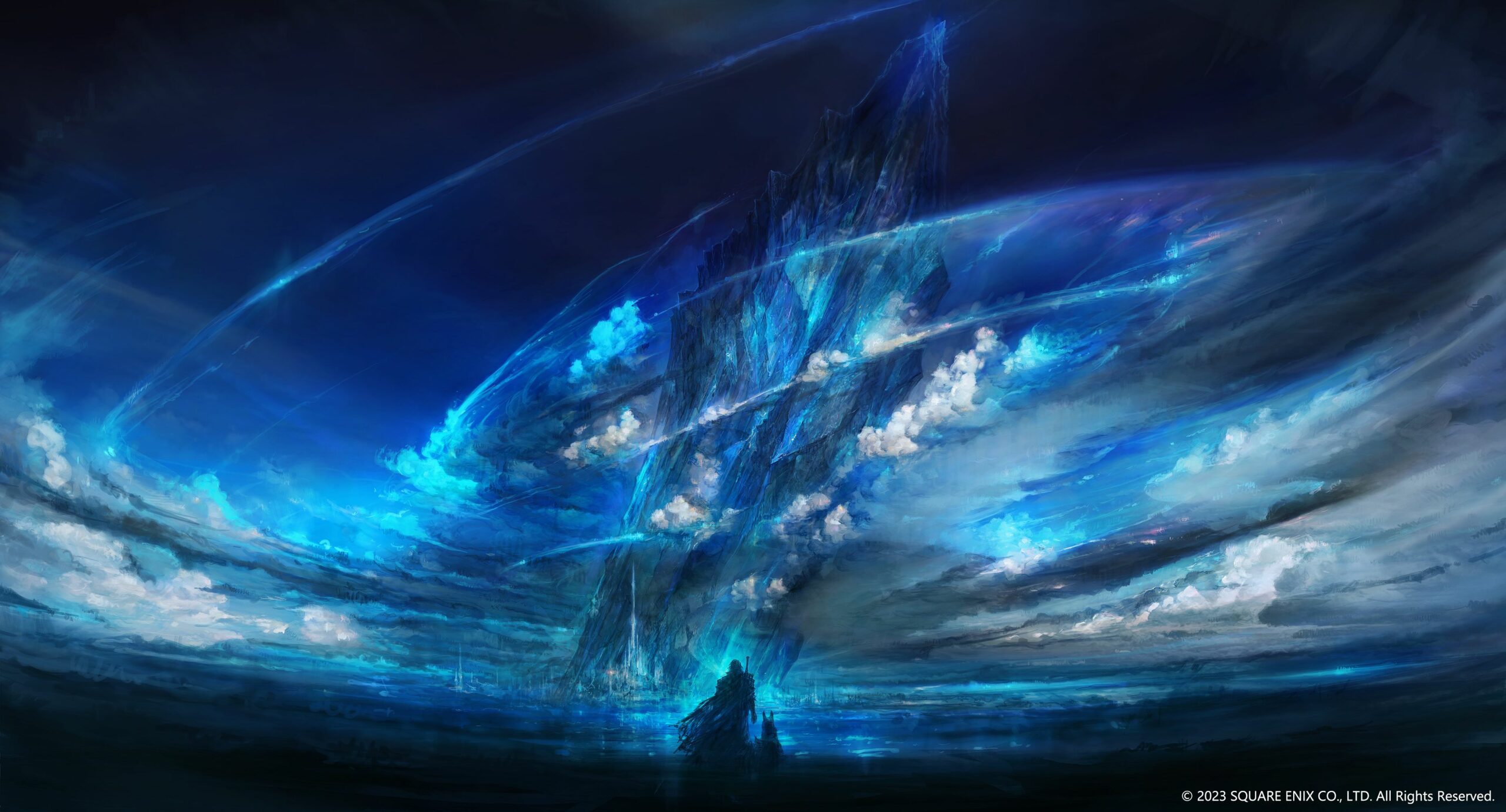
Recent Comments